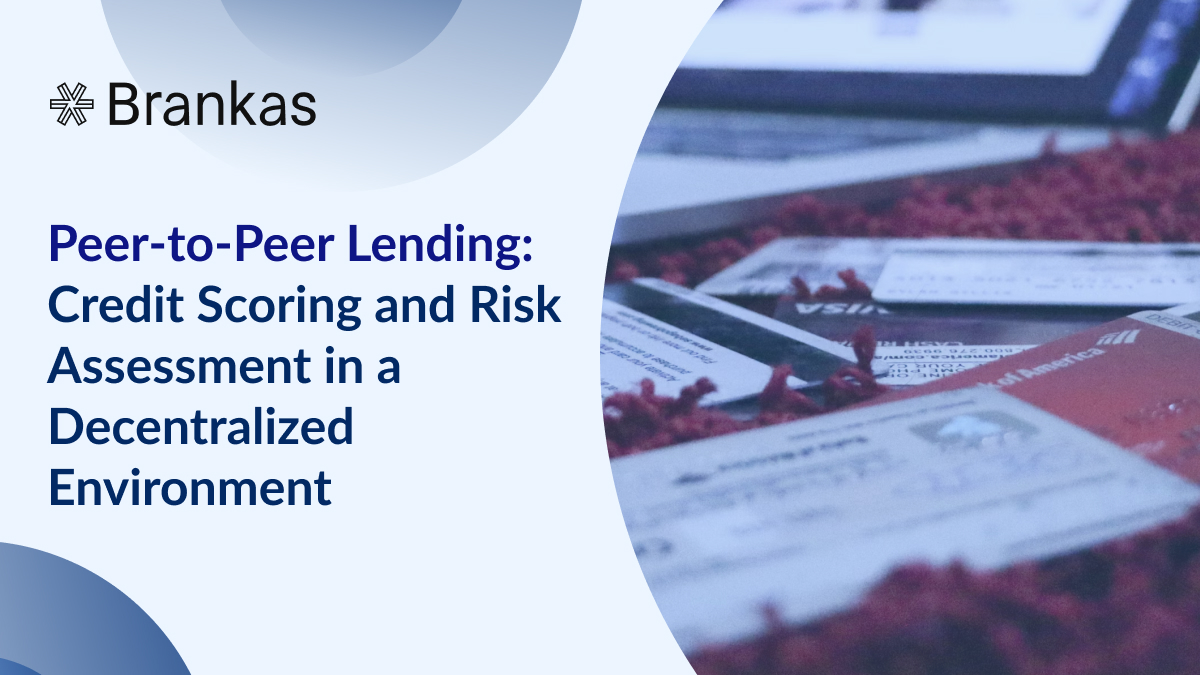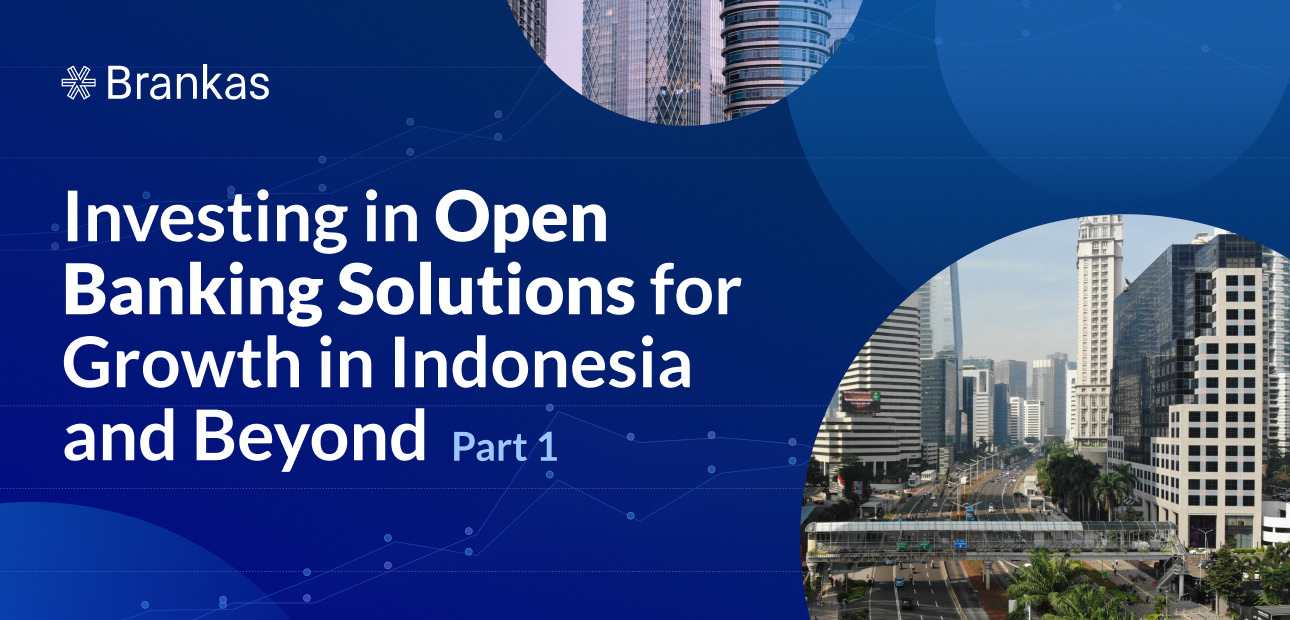A Comprehensive Guide to PSD2, OBIE, and Global Open Banking Standards
Open banking has become increasingly prominent, reshaping the way individuals and businesses interact with financial services. Open banking standards refer to a framework that encourages secure data sharing and collaboration among financial institutions, FinTech innovators, and other third-party providers.
Adopting a global perspective is crucial, considering the interconnected nature of today’s financial systems. Different regions have embraced diverse approaches to open banking, reflecting unique regulatory environments, technological infrastructures, and cultural nuances. Explore how open banking influences financial innovation, data security, and the collaborative dynamics between traditional financial institutions and emerging FinTech players.
Open Banking Approaches
Europe is recognized as the birthplace of open banking, tracing its origins to Germany. It witnessed a pivotal moment with the introduction of the first open banking regulations by the European Union in 2015. Key players in the open banking landscape extend beyond the EU, encompassing nations such as the United Kingdom, Hong Kong, and Australia, each adopting a regulatory-driven approach to shape their financial ecosystems. In contrast, countries like Japan, India, South Korea, and Singapore have embraced a market-driven approach.
In a regulatory-driven approach, government regulatory bodies take the lead in orchestrating open banking initiatives. This involves the specification, control, and monitoring of API (Application Programming Interface) designs and data sharing by regulatory authorities. On the other hand, a market-driven approach sees the government playing a more supportive role, with limited direct responsibilities but a commitment to facilitating collaborations between financial institutions and third-party platforms (TPPs). This dichotomy in approaches reflects the diversity in strategies employed globally to embrace the open banking revolution.
European Union (EU)
Europe has been at the forefront of the open banking movement since the introduction of the Payment Services Directive 2 (PSD2). PSD2, enacted by the European Union in 2015, laid the foundation for open banking by mandating financial institutions to provide access to customer account information to third-party providers through secure APIs.
PSD2 has had a profound impact on the financial landscape, fostering innovation and competition. One of the key features of PSD2 is the provision for Account Information Service Providers (AISPs) and Payment Initiation Service Providers (PISPs). AISPs can access account information, offering users a consolidated view of their financial data from multiple banks, while PISPs enable the initiation of payments directly from a user’s bank account.
Open banking initiatives within the EU have resulted in the proliferation of FinTech companies and startups that leverage regulated access to banking data. This has led to the development of innovative financial services, including budgeting apps, investment platforms, and alternative payment solutions.
The United Kingdom (UK)
The United Kingdom, while being a part of the EU during the introduction of PSD2, has gone further in its commitment to open banking. The UK embraced the open banking movement with the Competition and Markets Authority (CMA) mandating nine of the largest banks to open up access to their data. This led to the creation of the Open Banking Implementation Entity (OBIE), which developed open banking standards in the UK. Open banking in the UK is regulated by the Financial Conduct Authority (FCA).
The UK’s approach to open banking has been ambitious, setting a precedent for other European countries. The Open Banking Standard in the UK goes beyond PSD2 requirements, emphasizing the need for standardized APIs, strong customer authentication, and a robust framework for data sharing. This proactive stance has fostered a dynamic open banking ecosystem in the UK, encouraging collaboration between traditional financial institutions and innovative FinTech players. The UK’s journey exemplifies how a country can take the lead in open banking within the broader European context.
Hong Kong
Hong Kong has positioned itself as a prominent player in the global open banking arena, adopting a regulatory-driven approach overseen by the Hong Kong Monetary Authority (HKMA). The HKMA introduced the Open Application Programming Interface (API) Framework in 2019, serving as a comprehensive guideline for banks to follow in developing secure and standardized APIs. This framework aligns with international best practices and outlines a three-phase implementation strategy focusing on account information, payment initiation, and an ongoing expansion of banking functions and products. Hong Kong’s open banking standards also promote collaboration between banks and third-party service providers (TPPs) through the Open API onboarding platform. This platform streamlines the onboarding process for TPPs, enabling them to access APIs from multiple banks without undergoing a complex onboarding procedure for each.
Australia
Australia’s journey to open banking is driven by regulatory initiatives to enhance competition and empower consumers. The Consumer Data Right (CDR) is at the forefront of Australia’s open banking standards, enabling individuals to access and share their banking data securely. The Australian government introduced the CDR to extend beyond the banking sector, encompassing telecommunications and energy, with the intent of providing consumers greater control over their data. Under the CDR, the banking sector’s implementation involves phased rollouts, starting with the Big Four banks and gradually extending to other financial institutions.
The framework in Australia is designed to foster innovation and competition by encouraging the participation of TPPs through the provision of standardized APIs. These APIs facilitate secure data sharing and payment initiation, ensuring that the open banking ecosystem operates seamlessly.
Singapore
Singapore has embraced open banking as a strategic initiative to fortify its financial ecosystem and stimulate innovation. The Monetary Authority of Singapore (MAS) has been a key driver in this journey, fostering a regulatory environment that encourages collaboration and competition among financial institutions and TPPs. The development of standardized APIs and the establishment of a secure framework for data sharing are pivotal elements in Singapore’s open banking landscape, ensuring that consumers have control over their financial data while facilitating the creation of innovative financial products and services.
The regulatory approach emphasizes partnerships between banks and FinTechs, enabling the co-creation of solutions that benefit industry players and end-users. The move towards open banking aligns with Singapore’s broader Smart Nation initiative, reflecting a commitment to leveraging technology for the improvement of citizens' lives.
Indonesia
The path to open banking standards in Indonesia involves navigating a diverse financial landscape marked by a large unbanked population. The Otoritas Jasa Keuangan (OJK), Indonesia’s financial services authority, has been actively engaged in developing regulations to guide the implementation of open banking.
SNAP Bank Indonesia is a national Open API standard aimed at enhancing market practices through competitive and innovative yet secure payment systems. The API payment standard documents strive to improve the security and reliability of payment system infrastructure in Indonesia while promoting efficient digital transactions among various banks. Governance standardization through SNAP BI contributes to customer protection against irresponsible parties and ensures swift responses to data leaks.
The country is focusing on fostering an ecosystem that encourages collaboration among banks, FinTechs, and other stakeholders. Open banking serves as a strategic enabler to achieve these objectives as Indonesia endeavors to drive financial inclusion and digital adoption.
Philippines
Open banking in the Philippines is gaining significant traction as the financial landscape undergoes a transformative shift. The Bangko Sentral ng Pilipinas (BSP), the country’s central bank, has been at the forefront of initiatives aimed at fostering innovation while ensuring the security and stability of the financial sector. The regulatory framework introduced by the BSP encourages collaboration between traditional banks and FinTech firms, paving the way for innovative financial solutions. Open banking in the Philippines is seen as a catalyst for financial inclusion, with an emphasis on expanding access to financial services for the unbanked and underserved populations.
Latin America
Latin American countries are adopting a market-driven strategy towards open banking. Various Latin American nations are at different stages in embracing open banking. For instance, Brazil has been a notable player in advancing open banking regulations, introducing a phased implementation plan to ensure a smooth transition. Mexico has been exploring open banking frameworks to enhance financial services accessibility. The evolving landscape in Latin America reflects a mix of regulatory guidance and market-driven initiatives, highlighting the nuanced approach the region is taking toward adopting open banking standards.
Middle East and Africa
Open banking in the Middle East and North Africa (MENA) region is gradually making its mark as financial ecosystems adapt to the digital era. The evolution is fueled by a combination of regulatory developments and market dynamics. Countries like the United Arab Emirates (UAE) have been at the forefront of embracing open banking, with the UAE Central Bank actively working on regulatory frameworks to facilitate secure data sharing and interoperability. Other nations in the region, including Saudi Arabia and Bahrain, are also exploring open banking initiatives to foster innovation and competition within their financial sectors.
Nigeria and South Africa are exploring open banking to enhance financial inclusion and provide a more robust and interconnected financial infrastructure. The region’s approach is marked by a blend of regulatory guidelines and industry collaboration.
Canada
In Canada, the open banking landscape is influenced by a more regulatory-driven approach. The Canadian government has been actively exploring the implementation of open banking standards to enhance competition and consumer choice. Several consultations and pilot programs have been conducted to gather insights and assess the potential impact on the financial sector. While the regulatory framework is still evolving, the commitment to exploring open banking signifies an acknowledgment of its transformative potential. Canadian authorities aim to strike a balance between fostering innovation and ensuring robust consumer protection and data security, reflecting a meticulous approach to adopting open banking standards in the country.
United States (US)
The approach to open banking in the United States is notably market-driven, with various financial institutions and FinTech players exploring innovative solutions. Unlike some other regions, the US does not have a comprehensive regulatory framework explicitly designed for open banking. The financial sector is adapting to the evolving landscape with a focus on industry-led standards and collaborations. This dynamic approach has led to the emergence of various API initiatives and partnerships between traditional banks and FinTech firms, fostering a competitive and innovative financial ecosystem.
Comparative Analysis
The global landscape of open banking is characterized by diverse approaches, shaped by regional variances in regulatory frameworks, economic landscapes, and technological infrastructures. PSD2 in the EU has set a precedent for standardized API designs and data sharing. The UK is going beyond PSD2 requirements and fostering a more competitive environment with a broader scope for third-party access. In contrast, the Asia-Pacific region showcases a mix of regulatory and market-driven approaches. While countries like Hong Kong and Australia follow a regulatory-driven path, others like Singapore and Indonesia emphasize market dynamics with regulatory support. These diverse strategies reflect the adaptability of open banking models to local contexts, highlighting the importance of considering regional nuances in future implementations.
The Future of Open Banking
As technological innovations continue to redefine the financial landscape, open banking stands at the forefront of this evolution. The proliferation of standardized APIs, driven by open banking standards worldwide, has unleashed a wave of transformative possibilities in competition, innovation, and improved services for consumers. The anticipated developments in open banking suggest a trajectory marked by deeper integration of technologies like artificial intelligence, blockchain, and data analytics. These advancements promise to enhance security, personalization, and efficiency in financial services, further revolutionizing how individuals and businesses interact with their finances.
As an example, the proposed PSD3 may be finalized by 2024 and implemented by 2026. This updated version of PSD2 introduces stricter regulations to safeguard consumer rights and personal information and proposes a new Payment Services Regulation (PSR) to further improve consumer protection.
The evolution of open banking standards mirrors the dynamism of the global financial ecosystem. From the regulatory-driven approach in Europe to the market-driven strategies in the Asia-Pacific region, each region’s unique path reflects the adaptability and resilience of open banking models. The future of open banking lies in compliance with standards and in a continuous commitment to pushing boundaries, exploring new technologies, and fostering an environment where traditional financial institutions, FinTech disruptors, and regulatory bodies collaborate seamlessly. As open banking becomes a global norm, this collaborative spirit will be instrumental in navigating the complexities of a rapidly evolving financial landscape. Expect a future where financial services are not just open but continuously evolving for the benefit of all.


